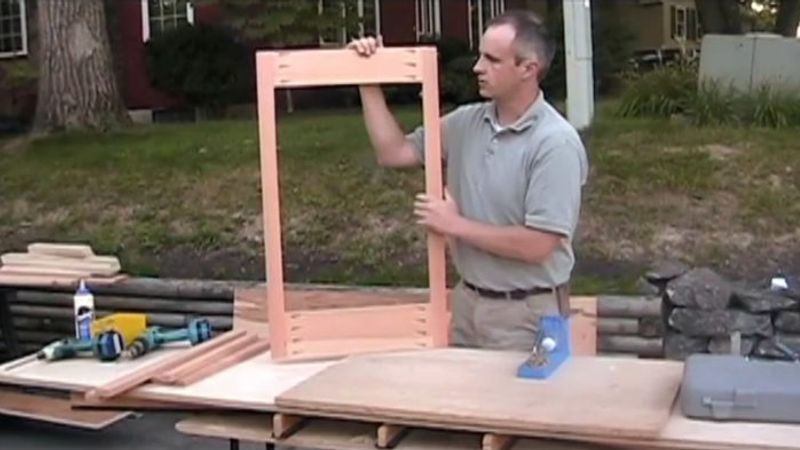Video: Using a Pocket-Hole Jig
A pocket-hole jig makes cabinet assembly fast and easy.

When mortise-and-tenon joinery is impractical or just too difficult to master, consider using a pocket-hole jig. As Fine Homebuilding contributor and architectural designer Mike Maines demonstrates in this gem from the Fine Homebuilding Video Vault, this tool is easy to learn to use and makes strong hidden joints for cabinet boxes, face frames, and more.
To learn how Mike builds cabinets, desks, bookcases, and pantries using a pocket-hole jig, read A Faster, Easier Approach to Custom Cabinets from Fine Homebuilding issue #200 (December 2008/January 2009), pp. 62-67.























View Comments
Broken audio.
I bought a Kreg jig years ago and it just sat on the shelf. Then one day, not so long ago, I had a need for it that nothing else could do. So I went through the learning curve. Now I find myself using it a LOT. It is very versatile.
One thing he doesn't show you in the video is that the angled guide can be removed from the jig and be used separately. It even has a little screw hole so you can screw it to the piece that you want to make holes in. I recently found this handy when I was installing a very heavy walnut butcherblock counter top. The top was on the cabinets and the muscle had left my old tired body alone with the project. Then I realized I'd forgotten to drill the pocket holes on the insides of the cabinet carcasses to hold it down. I was able to screw the guide to the top of the inside of the carcasses, drill the holes, and screw the top in place with very little trouble.
Another thing is that he mentions difficulty with the last bit of the drilling. I've found that drilling half way then pulling the bit up the sleeve an inch quickly clears the bit and then you can finish your plunge quick and easy. Elapsed time is probably the same, but it seems easier on the bit to me.
One correction: You CANNOT use sheetrock screws! Kreg specifically says to not use them. You need a screw with a flat bottom to the head.